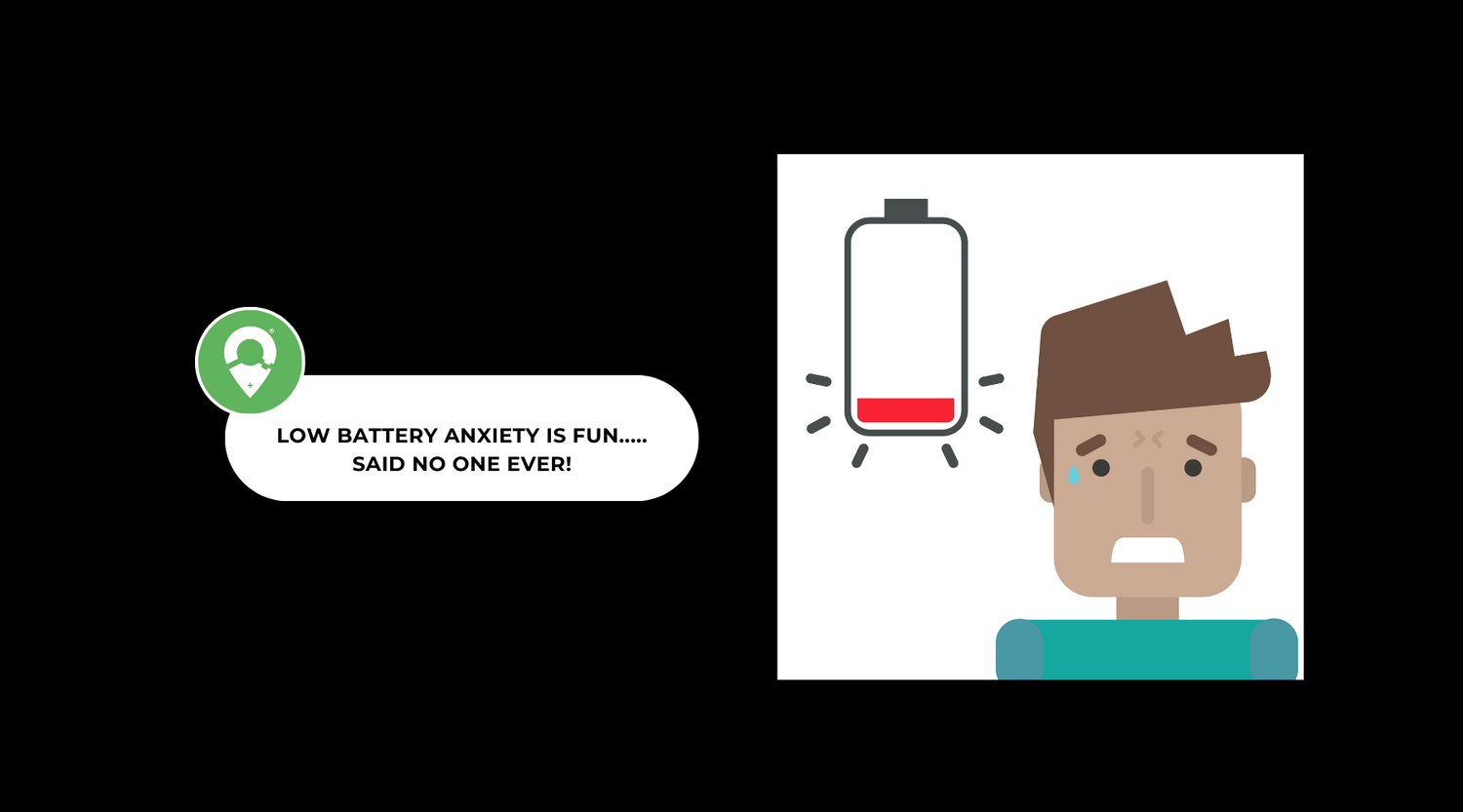Quick Charging (QC) technology was developed by Qualcomm which in a nutshell enables batteries to charge faster without damaging any of their fragile internal organs. In order to take advantage of this, both device and charger must be enabled with QC chipsets. Even if your device can't take advantage of quick charging don’t worry as QC is backward compatible, so your device will always be protected and charge at the rate it was designed to do.

The most amazing thing about the latest advancements in this technology which gets us every time is the fact that it can alter power delivery. This basically means that when a battery is very low it will deliver fast charging speeds and as the battery gets to about 60 – 70% the speed decreases. This safeguards the batteries keeping them healthy and ultimately making them last longer. Give these people an award!
Now you know the basics, let's throw in a bit of history about all the different generations of QC & explain it a bit further.
Why do we need quick charging?
Qualcomm first introduced us to Quick charging technology QC1 back in 2013 and now in 2020 we have QC5. With an industry developing faster processors and smaller devices, batteries needed help to keep up. Size could not be improved but speed of charge could.
Take the trusted Nokia for example which had an 800mAh battery; it would only take a few hours to charge but could last a week, primarily as it didn’t do very much except make calls, send the odd text and play snake. Gone are those days!
Compare that to the phones of today, which have processors more powerful than Apollo 11, and that managed to take a man to the moon! Batteries in the latest phones are around 3000mAh, so maths says they should last weeks, alas no. The latest iPhone 12 with the fastest processors yet of any iPhone and its 5G compatibility, combined with our insatiable appetite for everything to be a second away, means batteries just can't keep up.
So, the solution is easy: accessible quick charging, and that’s what the latest quick charging technology gives us. Using compatible devices with the correct cables or wireless chargers and wall sockets can supercharge a phone within a matter of minutes...
The QC Generations Explained
Each generation of Quick charge has obviously improved on its previous versions
- QC1: Up to 2amps and 5 volts of power. Up to 5 watts of output.
- QC2: Up to 75% faster than conventional charge and up to 18 watts of output. Offers up to 2amps but now with multi voltage tech, 5, 9 or 12 volts. This allowed devices to safely rapid charge at 12 volts when batteries were low and decrease the voltage down to 5V, as the batteries got towards being fully charged. This protected not only the batteries but the devices themselves from overheating.
- QC3: Built on this further providing 100% faster charge than QC1, up to 4.6amps but now offering voltage variation. Instead of only 3 sets of volts 5, 9 or 12 it could read a device’s needs and deliver in any increment between 3.6V & 20V. Up to 18 watts of output
- QC4+: Offers 20% faster charge on QC3, up to 27 watts of output & introduces Power Delivery (PD) mode.
- QC5: The biggest leap since QC2 to QC1. Up to 100+ watts output of super-duper charging and claims of charging your device 0 to 50% in 5 minutes and a full charge in 15.

What does PD mean?
PD means Power Delivery and is basically a USB-C Interface, it also allows us for the first time to simply use a cable that is the same at both ends, USB-C to USB-C. PD allows any compatible device to take advantage of power sharing, allowing power to flow both ways when connecting two compatible devices. This new standard in charging means we can use one universal interface allowing a range of devices to share their charging with one another without any hassle, making it easier and more streamlined to charge all your devices. The best part about It is it increases power levels up to 100 watts.
What does this all really mean?
Do we really care what’s in a plug, cable or even the charging device itself? Not really, but we do care about how fast our phones charge, right? So, when you expect your phone to fast charge and it is not, just remember what we’ve told you here.
To check out all of our wireless charging products, click here.





